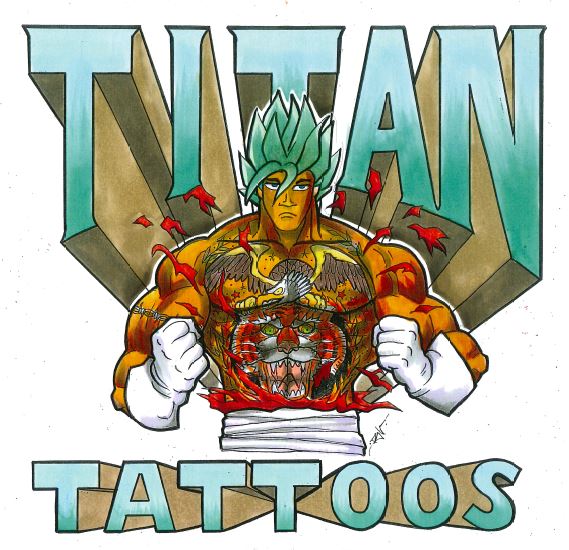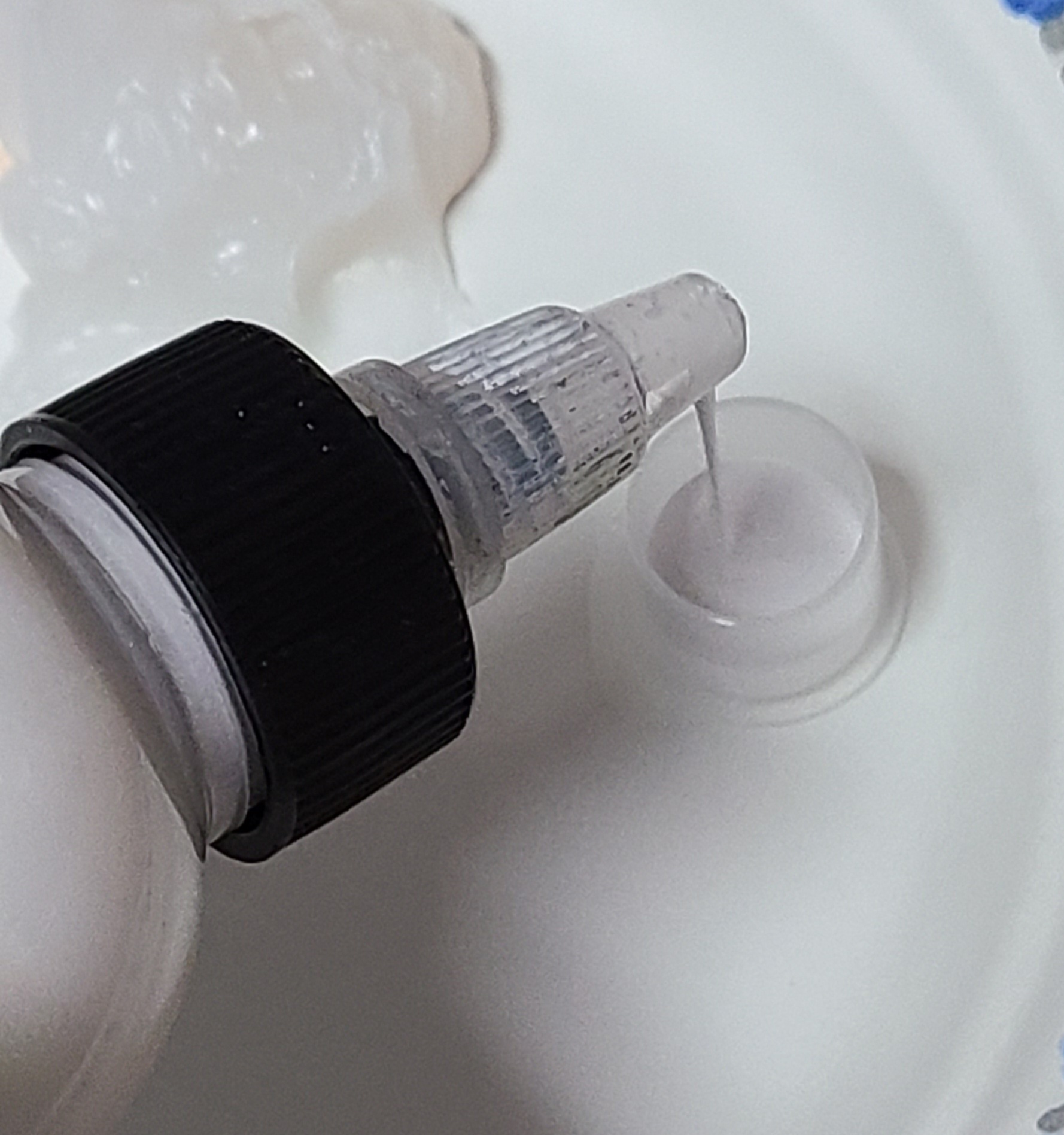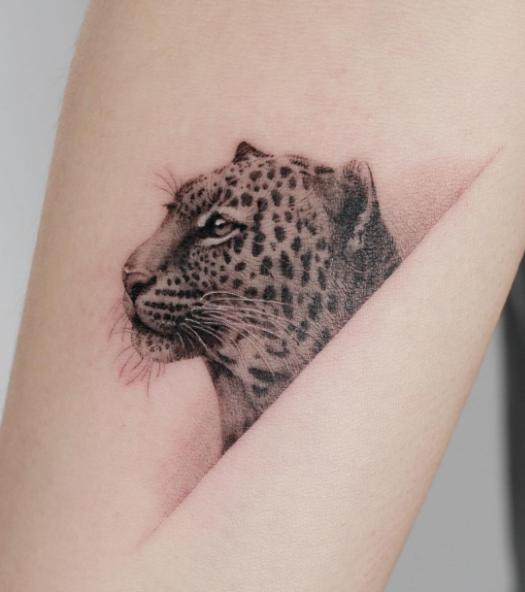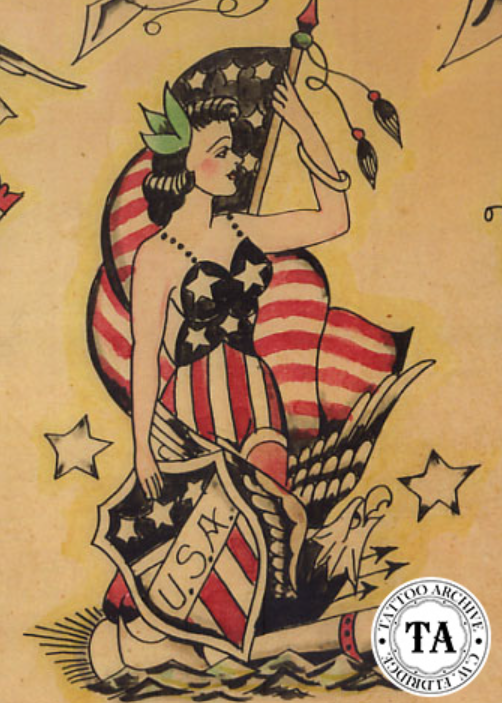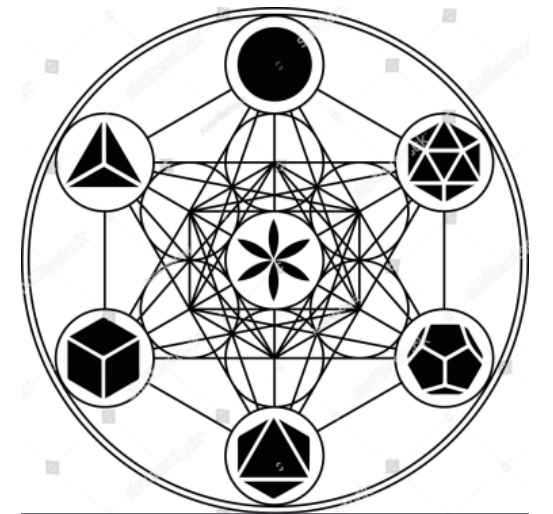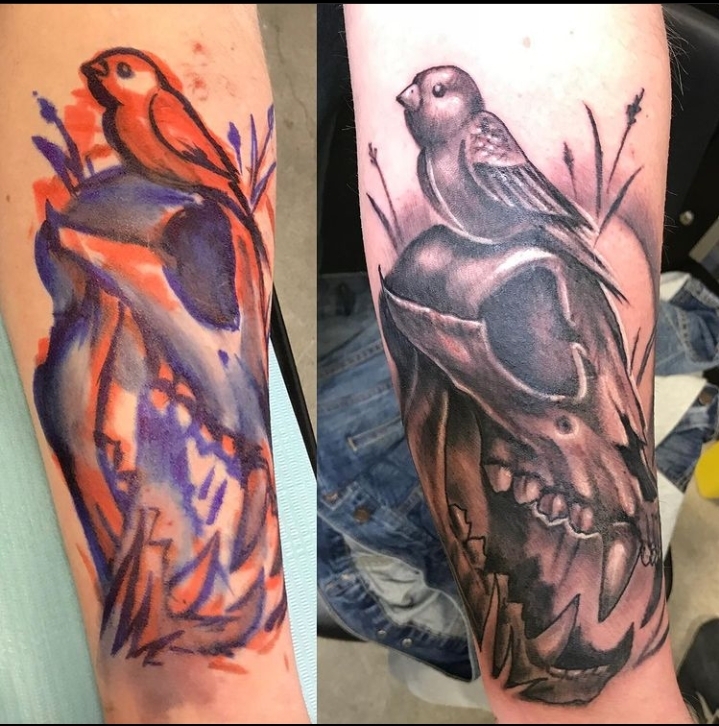Dotwork
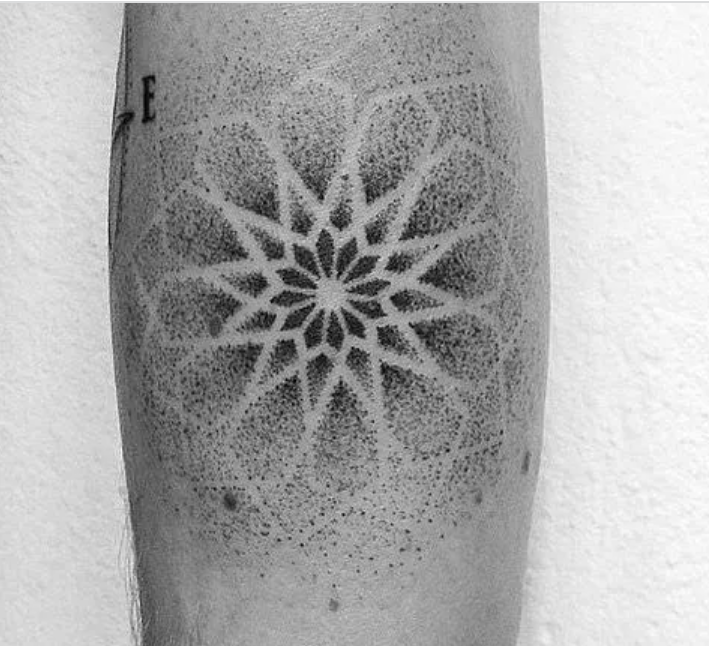
Dotwork, sometimes known as stippling, is a technique that uses a lot of really small dots to create shading within an image or even the image itself. This is a very specific aesthetic and it creates beautiful, delicate artwork. At our studio Roxie and Loren both really enjoy utilizing this technique. The more concentrated the dots the darker the shading is, and of course the more spread out they are the lighter the shading. An important distinction is that dotwork is a stippling style not to be confused with dot tattoos. Dot tattoos are often loaded with meaning and the dots are often quite a bit bigger than in dotwork.


These are some tattoos that Roxie @roxieart has used dotwork to act as shading!
One stem of dotwork from the impressionist era of art and pointillism, which is a style of painting where a similar technique to dotwork is applies. Coloured dots of paint are placed to create an overall image. This style was popular in the 1880’s and continued into the 20th century. Pointillism uses a limited colour pallete but place the dots in an array that creates the look of other colours. For example putting clusters of blue, yellow, and green dots that create a gradient of green area as seen below. This technique of using colour is what differentiates stippling from pointillism though they both fall under the umbrella of dotwork.


Right: Detail from Seurat‘s Parade de cirque, 1889, showing the contrasting dots of paint which define Pointillism
Left: Paul Signac, Femmes au Puits, 1892, showing a detail with constituent colors. Musée d’Orsay, Paris
One article I found credits dot work to a London tattooer in the 1990’s by the name of Xed Lehead, who used dotwork to create geometric figures, but like most tattoo styles it had been around for a long time. I suspect Xed brought it to the eyes of the modern tattoo world but it has been seen in Asian and European cultural artwork for millenia. This article also pointed out that scale is a big aspect of dot work. Since the details are so fine and created so delicately, it usually works better for larger scale pieces. When looking at it from afar you see the larger image, while looking closely you see the tiny details and dots. Doing dotwork in pieces too small may lose those fine details without having room to differentiate.


Dotwork is very versatile, vivid ink calls it the magic dot. Dots can be used to create lines, shading, depth, and gradient creating what they describe as a very ‘artsy’ look. It’s usually done just black and gray, occasionally there may be some red dots throughout. Although these are just basic guidelines for the style, they aren’t hard rules like you’d see in Japanese traditional for example. Many of the sources I looked at said that dotwork is mainly used for mandalas, geometry, and patterns. These definitely lend themselves great to the dotwork aesthetic but dotwork is not limited to these designs. Roxie has shown me how versatile dotwork is, she uses it in a ton of drawings and illustrations that you might not expect!


Dotwork hit its high point in 2017 as more and more people were exposed to it. It has evolved since, and can be lent to other styles. Used in conjunction with other styles, dotwork can elevate a piece in a unique and delicate way. One thing to consider is that dotwork is a time consuming process, the artist has a lot to do with timing but generally dotwork takes a bit longer to complete than other styles because each dot is distinct when you look closely.
Sources:
- https://inkedway.com/tattoo-styles/dotwork/
- https://vividinktattoos.co.uk/dotwork-tattooing/
- https://www.tattooseo.com/dotwork-tattoo/
- https://www.skinfactorytattoo.com/dotwork-tattoos/
- https://tattooizm-studio.com/dotwork_tattoos/
- https://authoritytattoo.com/dotwork-tattoos/
- @roxieart instagram
- https://en.wikipedia.org/wiki/Pointillism







































































